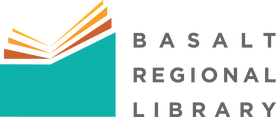|
Teen Services Coordinator Kristen Doyle has been hard at work sewing face masks for coworkers, family, and friends. She shares tips and tricks for three different face mask patterns she tested out. Earlier this month, Governor Jared Polis encouraged Coloradans to wear cloth face coverings in public to lower the risk of spreading COVID-19 by those infected but asymptomatic of the virus. With surgical masks and N-95 respirators reserved for health care workers, many have turned to DIY coverings when stores run out. While a face covering can be improvised from a bandana or scarf, a cloth face mask that fits snug to your face is more effective. For those with basic sewing skills, one option is to make your own. Several DIY face mask patterns and tutorials are available online. While these patterns vary in style and fit, make sure you chose one which follows guidelines from the Center for Disease Control (CDC). Masks need to cover the nose and mouth while fitting snug to your face. Tightly-woven, 100% cotton fabric such as quilting cotton is ideal, but a cotton t-shirt can work in a pinch. Masks should be patterned to avoid confusion with medical-grade masks, at least two layers of material thick, and fully launderable. At a minimum, you’ll need a ruler, fabric, pins, scissors, a needle, and thread. While you theoretically could sew any of these masks by hand, a sewing machine makes the process a lot faster. For patterns using bias or twill tape, a bias tape maker and an iron can be used to make your own. If you happen to have elastic, fabric ribbon, or pre-made bias tape, these can be used to create earloops or fabric ties. As with most sewing projects, an iron helps smooth fabric, crease folds, and prepare pleats. A good use for my quilting scraps, I tested three designs from Kaiser Permanente, Johns Hopkins, and the Center for Disease Control (CDC). All three patterns were easy to follow and resulted in a comfortable mask. The designs from Kaiser Permanente and Johns Hopkins include pleats and fabric ties, while the pattern from the CDC uses elastic or string to create ear loops. I found the smaller mask from Kaiser Permanente fit me the best, while the larger mask from Johns Hopkins fit my partner better. Ear loops on the CDC’s mask make it easier to take on and off, but I found it did not fit as closely. Ear loops and a lack of pleats also made this mask quicker to sew. While sewing masks for friends, family, and coworkers, I found a few tricks to speed up and smooth out the process. Most quilter’s cotton tears in a straight line, which is faster than cutting with scissors. This is especially handy when making bias tape or a large number of masks—just test how your fabric tears on a small piece first. A bias tape maker I use to bind quilts was the best tool I happened to have, as it allowed me to create bias tape quickly out of fabric I already had. I also found ironing the pleats before pinning them resulted in a cleaner pleat and easier sewing. Finally, if you need to make more than a couple of masks, save time by preparing your fabric and sewing in batches. Overall, making cloth face masks has been a pleasant distraction while stuck at home. More importantly, making masks helps me feel like I am doing something while frustrated and feeling unable to help. If you’d like to make masks for others, visit the Colorado Mask Project. There you can be connected with local mask-making groups or request masks for groups in need. Kids can submit their own face mask designs to Colorado Creative Industries’ Colorado Face Mask Design Challenge, some of which will be printed on real face masks. If you decide to sew your own face mask, share your and results and thoughts in the comments! Just remember to wash your mask before use, and wear it correctly.
Stay safe, Kristen
3 Comments
2/8/2021 03:43:13 am
Thanks for sharing the tips. I am using this to make others understand. thanks for sharing such a detailed article about
Reply
Your comment will be posted after it is approved.
Leave a Reply. |
Adult News & reviewsLibrary news, info about upcoming events, reviews of books and films, and a look at the topics that affect us as a library. Archives
July 2023
|
General |
Borrowing |
About |
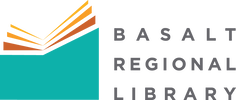
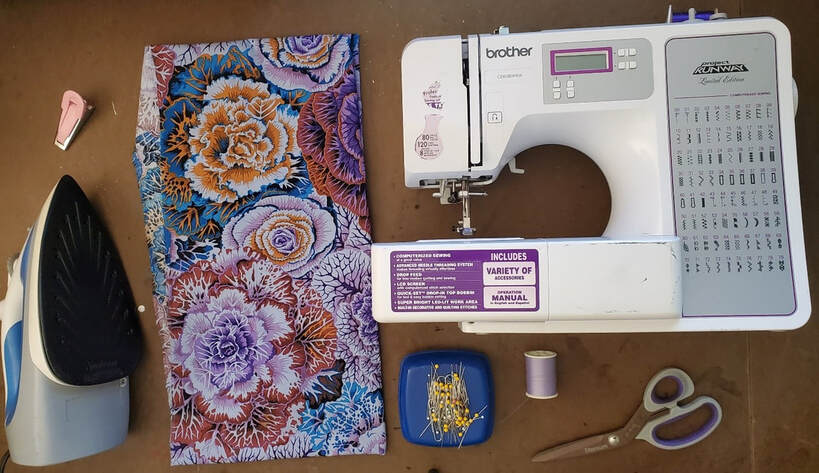
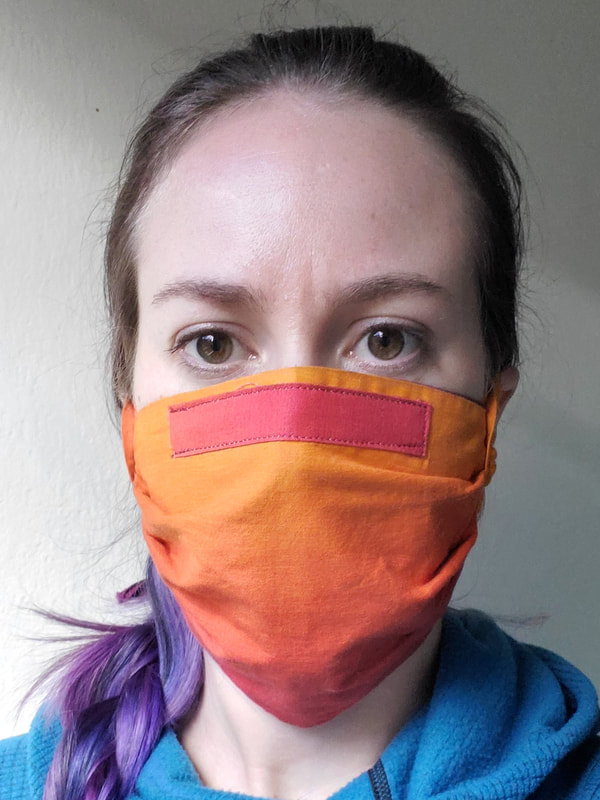
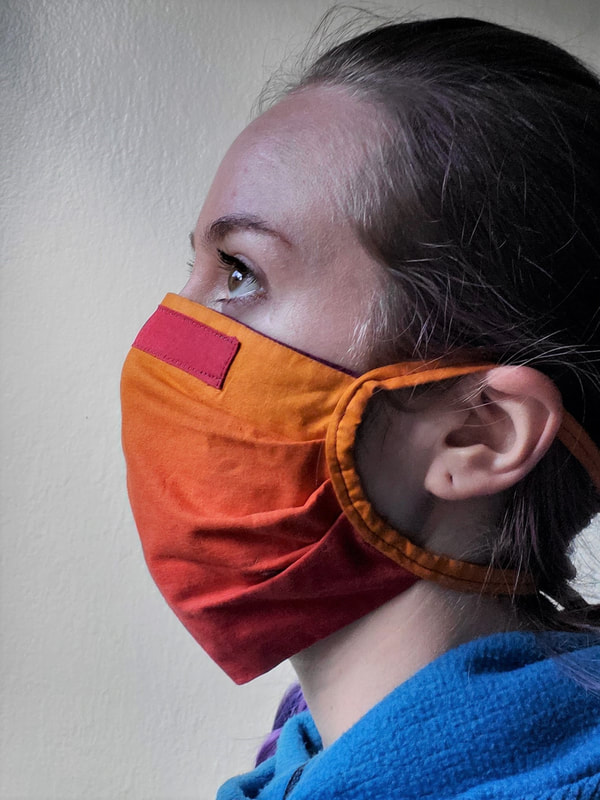
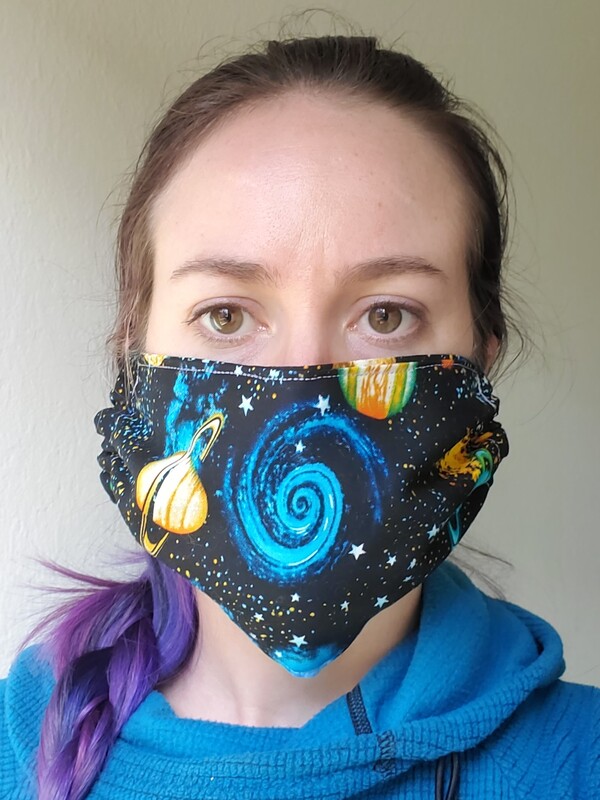
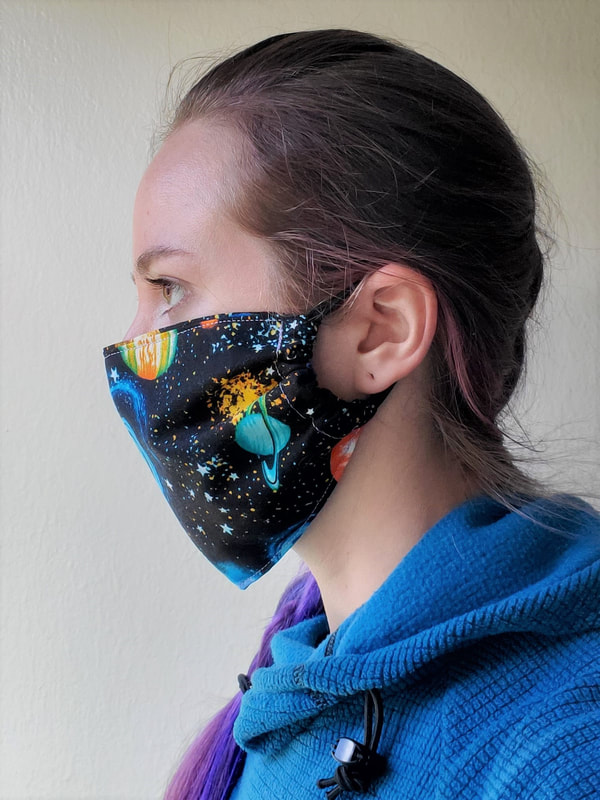
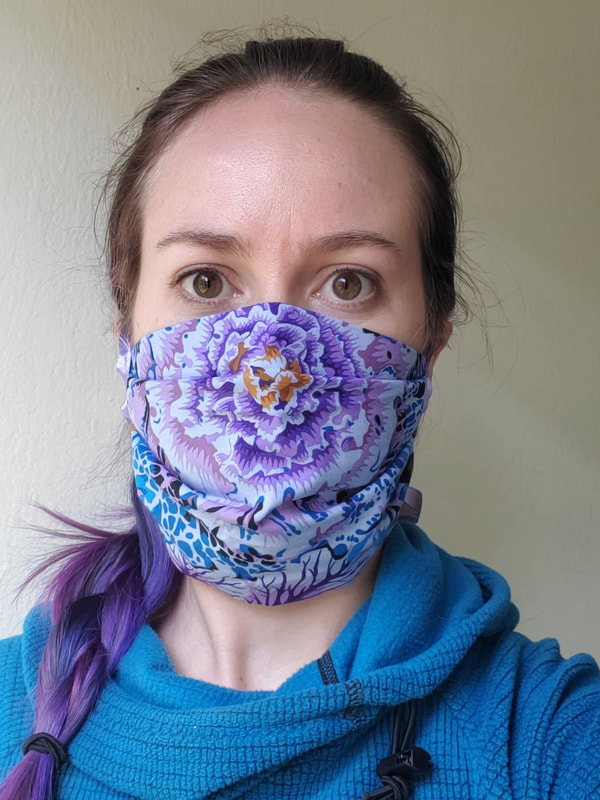
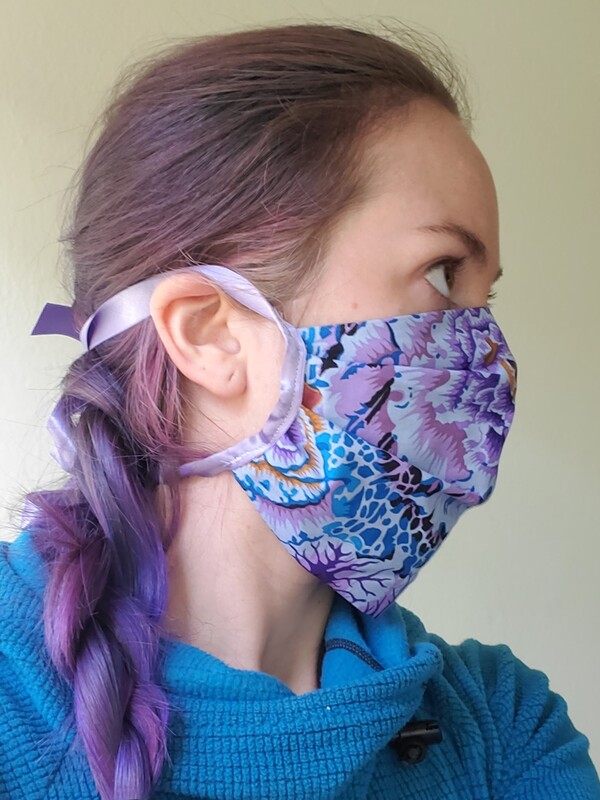
 RSS Feed
RSS Feed
